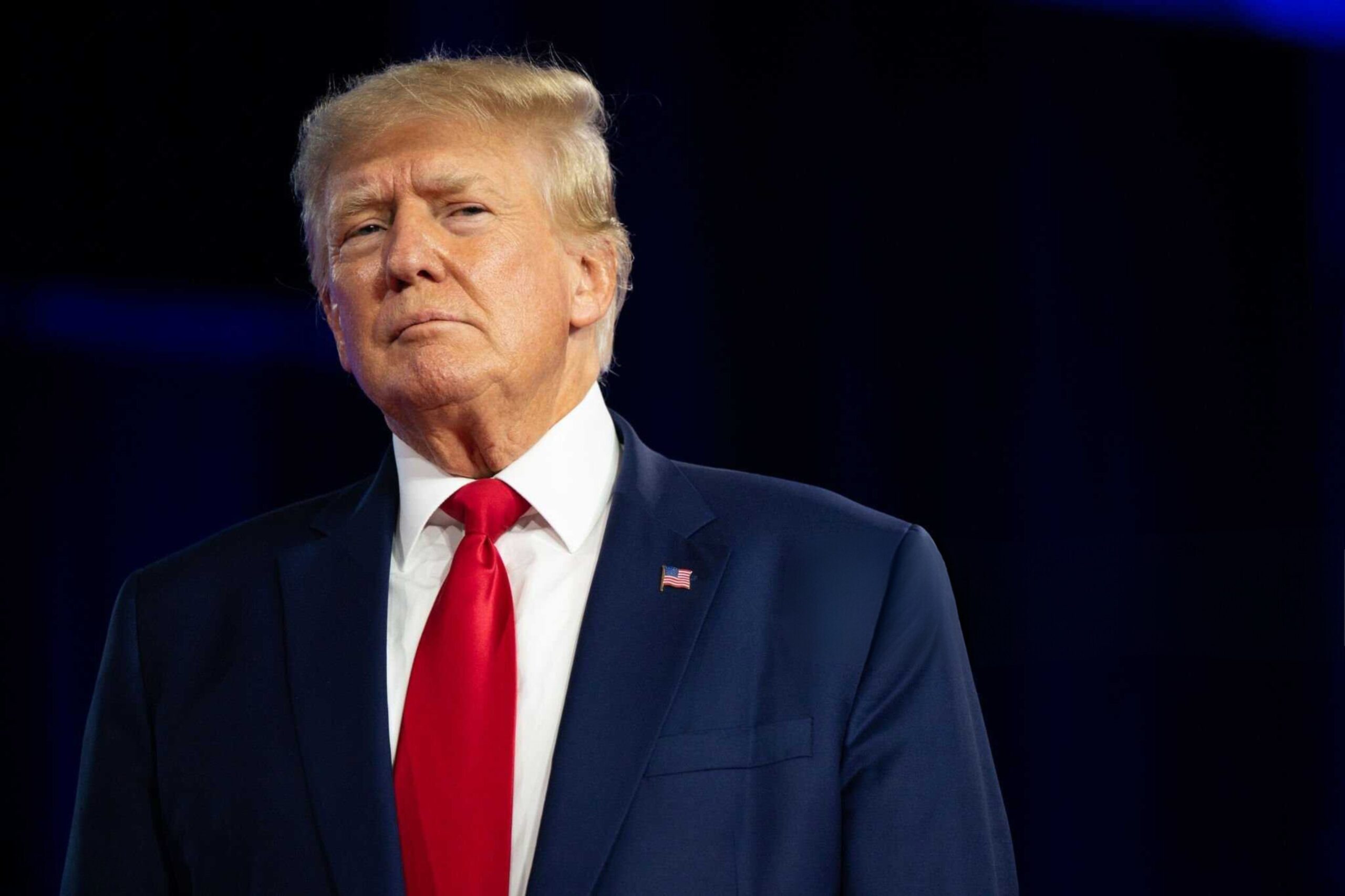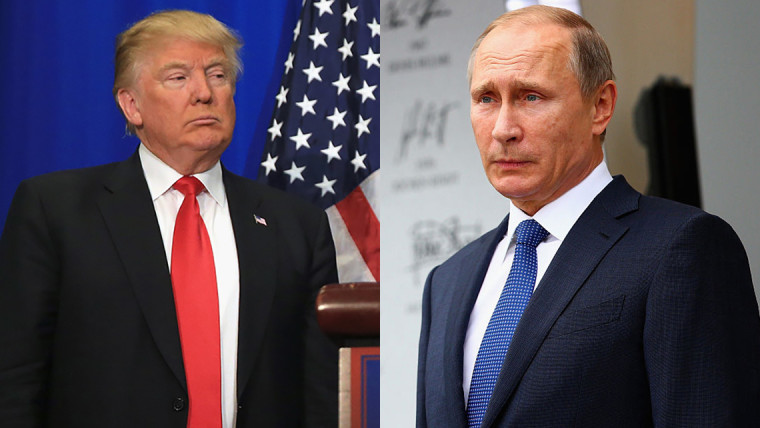[ad_1]
| CHANGZHOU, China
CHANGZHOU, China Global sewage and water treatment firms are eyeing opportunities in an unsavory place: a growing pile of waste in China, the world’s most populous nation.
The country has been for years battling contamination from fertilizer run-offs, heavy metals and untreated sewage. A survey in 2015 showed nearly two thirds of China’s underground water and a third of its surface water was unfit for human contact.
To reverse this, China has pledged to lay 126,000 kilometers of new sewage pipes by 2020, enough to circle the globe three times, and raise urban wastewater treatment by 50 million cubic meters a day, equal to 20,000 Olympic-size pools.
This has opened the floodgates to sewage specialists, like Israel’s Emefcy, RWL Water – controlled by Ron Lauder from Estee Lauder and France’s Veolia, who want to grab a share of the market with China’s annual environmental spend estimated at 3 trillion yuan ($441 billion) over the next five years.
“Right now the problem of wastewater from agriculture and the countryside is very serious and wastewater treatment work is a weak link,” said Tong Weidong, vice-chairman of the legal work commission of China’s parliament.
Recently, there were reports of villages dumping sewage into the reservoir of the Three Gorges Dam, the world’s biggest power station spanning the Yangtze River in central Hubei province.
But change is afoot, Tong said.
Local officials will be forced to improve sewage capacity under new legislation that make them directly responsible for water quality. Cities need to hike treatment rates to 95 percent by 2020 from 92 percent in 2015, while rural regions in central and western China need to reach 50 percent.
“The market is massive,” said Wong-Jin Yong, China CEO for Emefcy, which estimates the potential market opportunity in Beijing and nearby provinces at over $1 billion.
Foreign players have been in China for a while, such as Veolia that has water projects across the country, but the focus on a large-scale clean-up has gained impetus recently.
China’s latest five-year plan released in 2016 emphasizes tackling pollution, while in an action plan published in 2015 the government vowed to improve water quality nationwide by 2030, pledging to spend billions of dollars.
Local authorities, meanwhile, have struggled to fund their plans, opening the door for more private sector involvement.
FIRMS RUSH IN
Emefcy plans to put eight small-scale sewage treatment units into operation in China by the end of this year and is currently building a local factory. It has installed a mobile plant around the size of a van at a school in southern Changzhou and runs another at a sewage works in Wuxi.
Emefcy says its small-scale units can treat 20,000 liters a day, take two months to install and have significantly lower energy costs, making them ideal for the rural market.
RWL Water venture is set to merge with Emefcy in July to “accelerate penetration” in China’s rural wastewater sector.
They will be competing with local players such as state-run Beijing Enterprises Water Group and China Water Investment, and others like Beijing Sound Environment and Kangda International.
Stricter environmental standards are drawing in companies of all sizes, but big state-owned firms still dominate major projects, said Xue Xiaohu, general manager at Jiangsu Greenway that sells water treatment technology to the textiles industry.
China has promised to give environmentally friendly projects a leg up by providing banks more incentives to lend and encouraging green financing.
Offshore players have the added hurdle of navigating local rules and typically also need to team up with local partners.
“There are challenges in dealing with local governments and that’s why our partners kick in,” said Yong from Emefcy, which has a number of Chinese partners including Zhejiang Provincial Energy Group and Jiangsu Jinzi.
“Technology is our core skill and we will focus on that.”
($1 = 6.7990 Chinese yuan renminbi)
(Additional reporting by SHANGHAI newsroom, writing by Adam Jourdan; Editing by Himani Sarkar)
[ad_2]
Source link






Leave a Reply